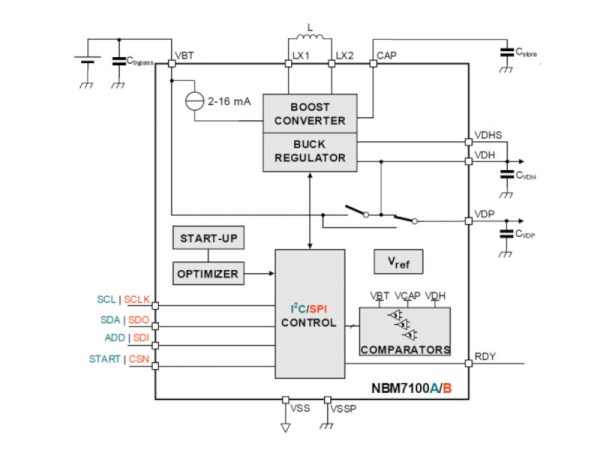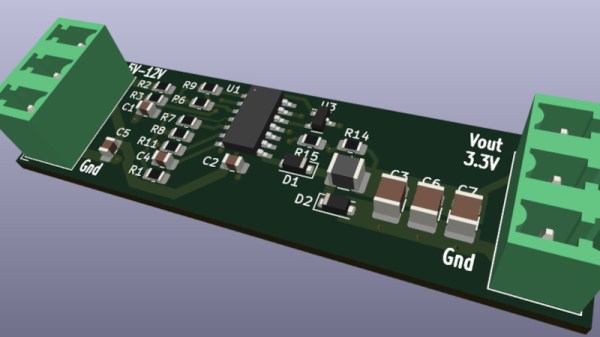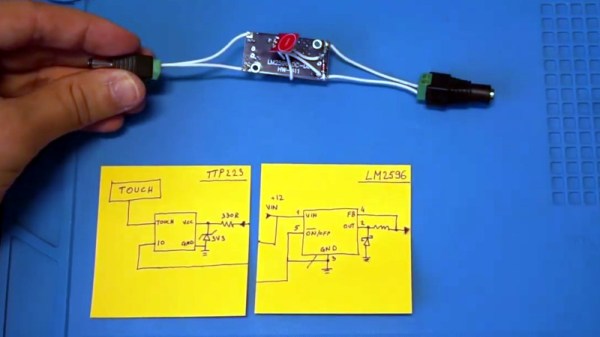We all know the old maxim: if it’s too good to be true, it’s probably made with fake components. OK, maybe that’s not exactly how it goes, but in our world gone a little crazy, there’s good reason to be skeptical of pretty much everything you buy. And when you pay the equivalent of less than a buck for a DC-DC converter, you get what you pay for.
 Or do you? It’s not so clear after watching [Denki Otaku]’s video on a bargain bag of buck converters he got from Amazon — ¥1,290 for a lot of ten, or $0.85 a piece. The thing that got [Denki]’s Spidey senses tingling is the chip around which these boards were built: the LM2596. These aren’t especially cheap chips; Mouser lists them for about $5.00 each in a reel of 500.
Or do you? It’s not so clear after watching [Denki Otaku]’s video on a bargain bag of buck converters he got from Amazon — ¥1,290 for a lot of ten, or $0.85 a piece. The thing that got [Denki]’s Spidey senses tingling is the chip around which these boards were built: the LM2596. These aren’t especially cheap chips; Mouser lists them for about $5.00 each in a reel of 500.
Initial testing showed the converters, which are rated at 3 to 42 VDC in and 1.25 to 35 VDC out, actually seem to do a decent job. At least with output voltage, which stays at the set point over a wide range of input voltages. The ripple voltage, though, is an astonishing 400 mV — almost 10% of the desired 5.0 V output. What’s more, the ripple frequency is 18 kHz, which is far below the 150 kHz oscillator that’s supposed to be in the LM2596. Other modules from the batch tested at 53 kHz ripple, so better, but still not good. There were more telltales of chip fakery, such as dodgy-looking lettering on the package, incorrect lead forming, and finger-scorching heat under the rated 3 A maximum load. Counterfeit? Almost definitely. Useless? Surprisingly, probably not. Depending on your application, these might do the job just fine, especially if you slap a bigger cap on the output to smooth that ripple and keep the draw low. And keep your fingers away, of course.
Worried that your chips are counterfeits? Here’s a field guide for fake chip spotters. And what do you do if you get something fake? A refund might just be possible.
Continue reading “Cheap Power Supplies With Fake Chips Might Not Be That Bad”




















